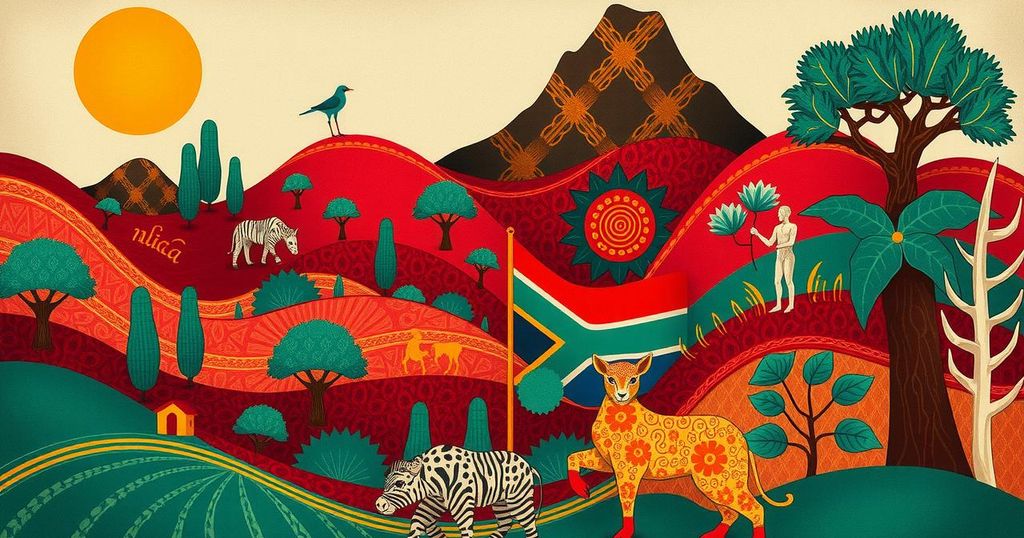Statistics South Africa’s recent report, “Cultural Dynamics in South Africa,” reveals significant changes in the country’s social and cultural landscape from 1996 to 2022, including growth in multilingual and multiracial households, enduring religious affiliations, and varying marriage rates among racial groups. The findings underscore complexities in integration and the interplay of migration, economics, and culture in shaping modern South African identity.
South Africa is experiencing significant shifts in its cultural and social landscape, as detailed in a recent report by Statistics South Africa titled “Cultural Dynamics in South Africa.” The report spans from 1996 to 2022, highlighting changes in language, multiracial households, religious affiliations, and marriage patterns, illustrating the evolution of this diverse nation.
One prominent trend is the increase in multilingual households, which have risen from 3.5% in 1996 to approximately 10% in 2022. This growth is notably observed in the economic hubs of Gauteng and the Western Cape, attributed to migration patterns. Acting DDG of Stats SA, Solly Molayi, explains, “We are seeing a rise… particularly in Gauteng and the Western Cape,” indicating a growing cultural amalgamation alongside concerns regarding language preservation.
The report also reveals a substantial increase in multiracial households, rising from 1.3% in 2021 to 11.4% in 2022. Although this suggests enhanced social integration, Molayi cautions that figures alone do not depict complete societal cohesion. He states, “If we use these indicators solely, one could say yes, integration is happening. But we must also consider other social factors.”
Christianity remains the predominant religion in South Africa, with its adherents increasing from 76% in 1996 to 85% today. Meanwhile, Islam has seen a slight increase from 1.4% to 1.6%, and African traditional religions have surged from less than 1% to 7.8% over the same period. The small percentage of individuals identifying with no religion suggests that spirituality retains a significant influence in society.
Marriage rates exhibit considerable disparities among different racial groups, with higher rates observed among Whites and Indians compared to Black Africans and Coloureds. Molayi elaborates that this discrepancy might stem from factors such as cultural norms and economic stability. He notes, “This could be due to cultural norms, economic stability, or even unregistered unions in African communities.”
The report further examines the link between language proficiency and educational achievement. English speakers show the highest completion rates for matric and tertiary qualifications, followed by Afrikaans speakers. However, the gap between English speakers and those who speak African languages is gradually closing, as noted by Molayi: “Over time, the progression rate of African language speakers has improved, particularly in provinces like Free State and Limpopo.”
The “Cultural Dynamics in South Africa” report provides essential insights into the nation’s evolving identity, emphasizing the complex relationships between migration, economic conditions, and cultural change, thereby shaping a new South African reality.
In conclusion, the report by Statistics South Africa highlights substantial shifts in the cultural and social framework of the nation. The increase in multilingual households and multiracial families signifies ongoing integration, while religious adherence remains strong. Disparities in marriage rates among racial groups and the connection between language and educational success reveal deeper societal dynamics at play, emphasizing the evolving identity of South Africa.
Original Source: radioislam.org.za




